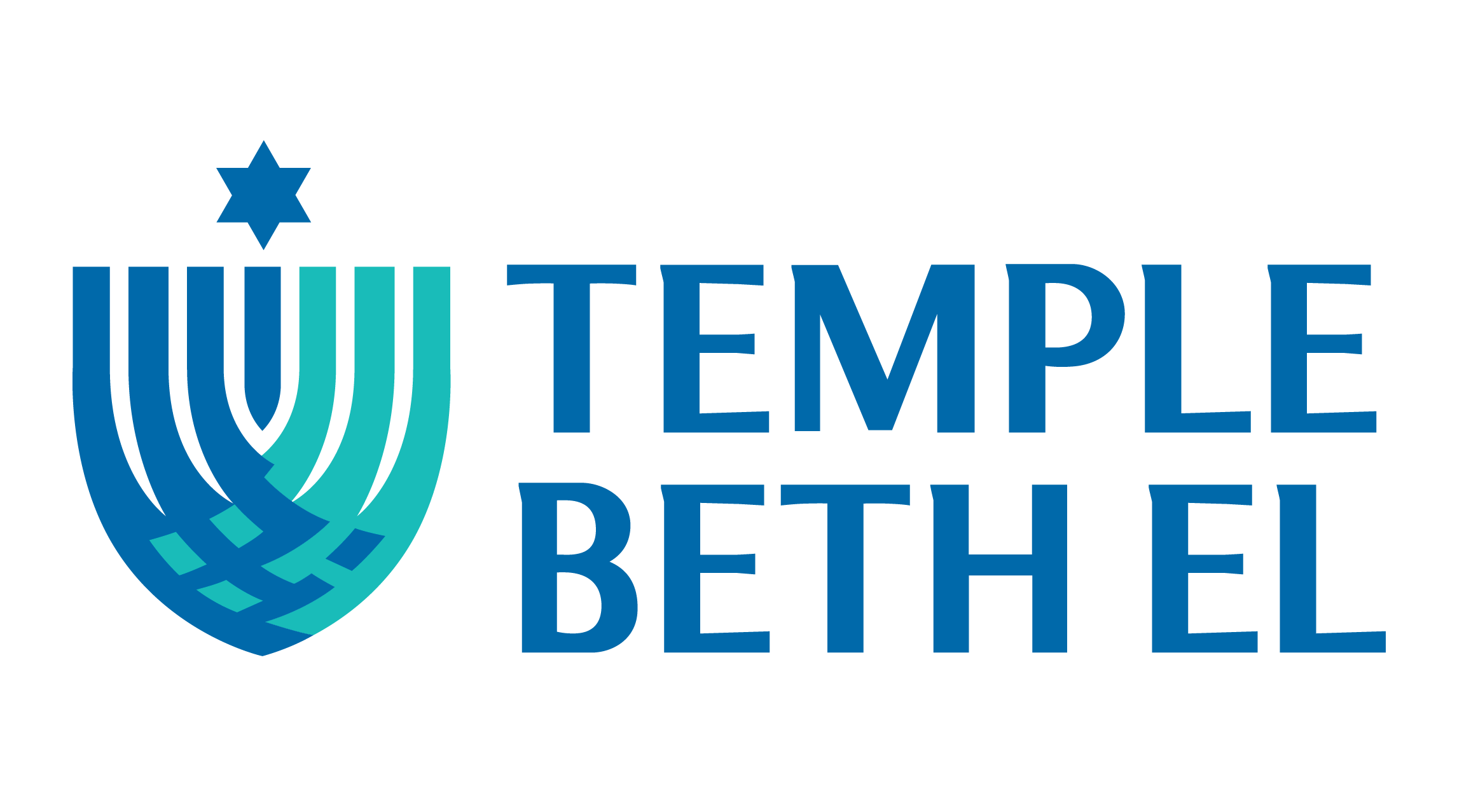Prayer means something different to each of us. And in each stage and moment in our lives, we may need prayer differently. Recently, our high school youth group, LIBERTY, welcomed over two-hundred teenagers from around the southeast to Temple Beth El. As we prayed and sang our Shabbat evening service, the voices of the teenagers beautifully filled our sanctuary. After Rabbi Klass introduced the silent prayer, there was near silence and the soft sounds of breathing. With hundreds of teens present, the silence was powerful!
The experience reminded me of the complexity of prayer. Prayer is celebration and tranquility, community and solitude, joyous song and quiet comfort. For us as Jews, prayer is about people. Our tradition rightly insists on a minyan, a minimum quorum of ten, for the offering of our core-prayers. Prayer should be communal. And our tradition rightly encourages private contemplation and reflection. Prayer should be personal.
To be honest, I often feel overwhelmed by a world that seems filled with problems and crisis after crisis. But questions about the state of the world are not new in the scope of Jewish history. Our tradition is rich in wisdom, inspiration, and guidance. Because our tradition understands that each of us are created in God’s image, Jewish prayer and ritual are intended to help us find within ourselves the Divinely intrinsic wells of goodness, compassion, kindness, and peace rooted within our souls. We pray together utilizing the spiritual practices and communal worship that uplifts our souls and connects us to God.
A few years ago, I was introduced to Jewish mindfulness meditation through a fellowship with the Institute for Jewish Spirituality. I had never meditated and I was skeptical that the rational side of my brain would find benefit from sitting silently, focusing my attention on my breathing. The experience changed me for the better. I have found that when I really make time for Mindfulness Meditation in my daily schedule, I am better able to pay attention to the things that occupy my mind – to understand and contextualize the flood of ideas by not letting them dominate my daily life. The practice has also helped me to be more perceptive and forgiving both of myself and of others. By cultivating my attention to my breath, I feel more present in the moment, resisting the urge to focus on the things I can’t change about the past or the anxieties I may have about the unknown future. Mindfulness meditation helps me focus on the right now, right here. The practice has helped me to appreciate and treasure small moments for the miracle that they are – the source of happiness. Meditation has helped me to appreciate the mystery and majesty of the Universe.
On Friday nights and Saturday mornings, you may see me sitting down during the silent prayer with both feet firmly on the ground, sitting up straight towards the edge of my seat, with my eyes closed. Even in the role of rabbi and prayer leader (perhaps, particularly in the role of rabbi and prayer leader), I try to take time for my own reflection and renewal. Indeed, my own sense of self as a prayer leader is tied to my sense of authenticity in my own spiritual and prayer practice. As my colleague, Rabbi Jill Zimmerman explains, “Jewish Mindfulness is about bringing to life ancient Jewish practices that can make our lives meaningful each day, each moment.”
If you are interested in learning more – here are some great resources:
Mindfulness Meditation: An Eight Week Plan for Finding Peace in a Frantic World
Meditation is a practice, much like working out or playing an instrument. If we practice with regularity, 10 to 20 minutes each day, the practice can be a habit. This is a useful book with links to meditations that help guide you to creating a meditation practice.
Preparing the Heart: Meditations for Jewish Spiritual Practice
On this double CD, Rabbi Sheila Peltz Weinberg shares inspiring teachings of the power of meditation and mindful awareness. The CD offers instruction in meditation, leading the listener through a variety of exercises and experiences that are connected to the language of the prayerbook.





One Response
I found it so cool that both science and spirituality advocate meditation, and clearly explain why! (Different explanations, same conclusions). Glad you have found the practice.